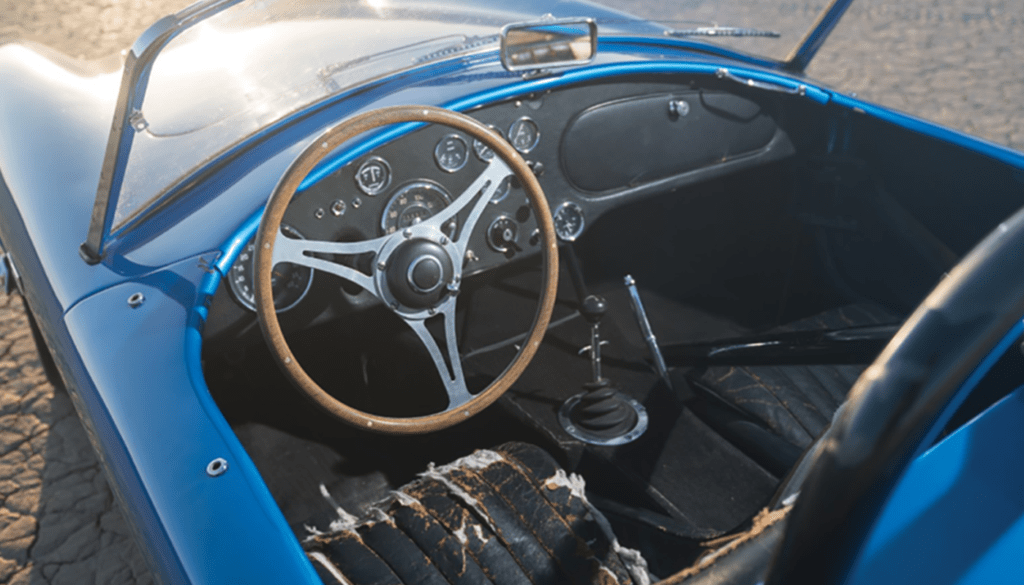
CSX2000 Vehicle Information and History:
- CSX 2000, also known as the “Pilot Cobra,” holds immense historical significance as the first-ever Shelby Cobra.
- Built in 1962, CSX 2000 served as the prototype for all subsequent Cobra models.
- It was the brainchild of Carroll Shelby, who aimed to create a powerful American sports car capable of challenging European marques.
- CSX 2000 featured a hand-built tubular chassis and a Ford-sourced 260-cubic inch V8 engine.
- As a press car, it generated significant publicity for Shelby American and helped establish the Cobra’s reputation as a high-performance machine.
- CSX 2000 sported a distinct yellow paint scheme during its early days, but it was frequently repainted to create the illusion of multiple cars.
- The prototype’s success led to the development of subsequent Cobra models, including the legendary 427 Cobras and the iconic GT350 and GT500 Mustangs.
- CSX 2000’s significance extended beyond Shelby American, inspiring future American performance cars such as the Dodge Viper.
- It remains a cherished piece of automotive history, with its original features and craftsmanship meticulously preserved.
- CSX 2000’s enduring legacy lies in its pivotal role in shaping the American automotive industry and Carroll Shelby’s illustrious career.
Carroll Shelby, often mentioned in the same breath as iconic innovators like Edison, Wright, and Ford, holds a pivotal place in the history of the 20th century. It was CSX2000, the very first Cobra, that propelled American sports cars and racing onto the global stage, forever shaping the landscape of the automotive industry.
Thanks to CSX2000, Carroll Shelby revolutionized the perception of American performance vehicles. Born out of Shelby’s ambition and determination, CSX2000 became the foundation upon which an empire was built. Its significance extends far beyond its physical existence as a single automobile, for it paved the way for the entire American auto industry to rise to unparalleled heights.
CSX2000’s impact cannot be overstated. It represented a seismic shift in the automotive landscape, showcasing American engineering prowess, innovation, and a relentless pursuit of performance. With CSX2000 as the catalyst, Carroll Shelby unleashed a torrent of automotive excellence that continues to shape the industry to this day.
In the early 1960s, Carroll Shelby, a man driven by a relentless passion for speed and competition, embarked on a journey that would forever change the landscape of American automotive history. With the creation of CSX 2000, the first Cobra, Shelby set in motion a remarkable chain of events that would establish his legacy as one of the greatest innovators in the industry.
Carroll Shelby’s rise to prominence was nothing short of extraordinary. In just seven years since his first race, he had already achieved remarkable success behind the wheel, capturing victories at renowned races like Le Mans. However, his racing career was cut short due to health concerns, redirecting his focus towards a different path—one that would leave an indelible mark on the automotive world.
CSX 2000 emerged as the pivotal cornerstone of Shelby’s grand vision. With little more than a dream and boundless determination, he transformed his company into a force to be reckoned with, employing hundreds of individuals and clinching the World Manufacturer’s Championship title.
Collaborating with A.C. Cars of Britain and Ford Motor Company, Shelby found the perfect platform for his ambitious venture. The A.C. Ace, a thrilling sports car, faced a setback when its Bristol engine went out of production. Sensing an opportunity, Shelby proposed the idea of fitting a lightweight small-block V-8 from Ford into the A.C. Ace chassis.
The development progressed rapidly, and CSX 2000 arrived in the United States in February 1962. Carroll Shelby and his colleague Dean Moon wasted no time in installing the larger-displacement 260-cubic inch V-8 engine and a Ford gearbox. The result was a fully functional, exhilarating machine—the birth of CSX 2000.
CSX 2000’s significance was evident from the start. Carroll Shelby and his team put the car through its paces, pushing it to the limits on an impromptu road course. The fact that it withstood the rough treatment was a testament to its exceptional build quality and performance.
This pivotal moment set the stage for Shelby’s meeting with Don Frey, Ford Division General Manager. The discussions held at the famous Glass House in Detroit marked the beginning of a partnership that would shape the future success of Shelby American. Ford, embracing the spirit of performance and their new “Total Performance” marketing image, agreed to provide support, kick-starting the production of the first group of Shelby cars.
CSX 2000 stands as a symbol of Carroll Shelby’s unwavering determination, his audacity to challenge conventions, and his ability to transform dreams into reality. It is the starting point of a remarkable journey that would see Shelby American revolutionize the American auto industry and solidify Shelby’s position as an automotive icon.
Today, CSX 2000 serves as a testament to the vision, innovation, and enduring legacy of Carroll Shelby—a man whose American spirit and relentless pursuit of excellence continue to inspire generations of automotive enthusiasts.
CSX 2000 holds a place of unparalleled significance in the realm of automotive history. It is the genesis of a revolution, an embodiment of the audacity and brilliance that defined Carroll Shelby’s indelible legacy. Born out of a bold vision and built on a shoestring budget, CSX 2000 emerged as the quintessential prototype that would change the course of American sports cars forever.
From its earliest days, CSX 2000 played a multifaceted role in capturing the attention of the motoring trade. As a press car, it roamed the country, gracing the pages of prominent magazines and captivating the imagination of enthusiasts. Carroll Shelby, always the master of publicity, orchestrated a clever ploy—repainting the car repeatedly to create the illusion of multiple Cobras in different colors.
The initial finish of CSX 2000 was a result of a last-minute decision. Dean Moon, a key figure in Shelby’s endeavors, intended to paint the car his favorite shade of yellow. However, with time constraints looming and a scheduled test drive for Sports Car Graphic editors, a creative solution was necessary. Ten boxes of Brillo Pads were employed to scrub the car’s aluminum body overnight until it gleamed. A stylized Shelby logo adorned the hood and trunk, accompanied by the iconic “Powered by Ford” badge—a symbol of the partnership between Shelby and the Detroit powerhouse.
Sports Car Graphic was among the first to experience the raw power and exceptional handling of CSX 2000. Their resounding endorsement proclaimed it as one of the most impressive production sports cars they had ever driven. The car’s eye-catching yellow hue left a lasting impression, setting the stage for its official debut at the New York Auto Show. However, regardless of the vibrant livery, Shelby’s meticulously choreographed presentations remained consistent. Journalists were treated to a tour of Moon’s shop, followed by a captivating demonstration of the Weber-carbureted 260 V-8 engine on the dyno. The climax came in the form of a high-speed test drive, navigating through the iconic oil derricks—a testament to the car’s performance prowess.
Car Life magazine conducted a breathtaking 0-60 test, clocking an astonishing 4.2 seconds. Road & Track echoed these impressive results in their September issue, featuring CSX 2000 in its resplendent yellow coat from the New York Auto Show. The car reached a top speed of 153 mph, covering the quarter-mile in just 13.8 seconds at 112 mph. Other publications, including Hot Rod and Cars, followed suit, captivated by the Cobra’s allure. However, it was Car and Driver, in a 1970 road test, that perfectly encapsulated the essence of the Cobra—a purpose-built machine, devoid of frills, designed solely for unparalleled performance.
CSX 2000’s significance extended far beyond its media exposure. As the sole Cobra in existence for the first five months, its success was critical to the nascent Shelby American company. A breakdown or mishap during testing could have spelled disaster, derailing the entire enterprise.
In the years that followed, CSX 2000 remained an integral part of the Shelby organization. While it spent a decade in storage, its impact was far from forgotten. It served as a prized possession at the Carroll Shelby School of High Performance Driving, participated in numerous events celebrating Shelby American’s rich history, and garnered an impressive array of accolades. From prestigious exhibitions like the Monterey Historics and Pebble Beach Concours d’Elegance to being named the most significant car of the past 50 years by Motor Trend, CSX 2000 continues to captivate enthusiasts and industry insiders alike with its unrivaled legacy.
CSX 2000 stands today as a breathtaking testament to Shelby’s ingenuity and the dedication of the team at Shelby American. Every inch of this remarkable car exudes the craftsmanship and expertise that defined Shelby’s vision. As Carroll Shelby himself reflected years later, the car underwent numerous modifications to strengthen the chassis, adapt the suspension, and refine the components. It became a showcase of Shelby American’s unwavering commitment to pushing boundaries and delivering unrivaled performance.
From the distinctive inboard rear disc brakes to the hand-built tubular headers, CSX 2000 is a true embodiment of Shelby’s pioneering spirit. It proudly showcases an AC radiator for engine cooling, a longer trunk lid and upholstered trunk, and the unmistakable Ace bumpers and dashboard. Every detail, from the black foot boxes to the steel hand-made scatter shield, adds to the allure of this exceptional machine.
What truly sets CSX 2000 apart is its authenticity. The original upholstery remains intact, bearing witness to its storied journey. The paint bears the scars of its early promotional days, a testament to the countless times it was repainted to captivate the public. It is a living artifact, encapsulating the passion, innovation, and relentless pursuit of automotive excellence that defined Shelby American.
As CSX 2000 continues to grace exhibitions, events, and the hearts of enthusiasts worldwide, its significance cannot be overstated. It is a symbol of American automotive achievement, a testament to Carroll Shelby’s audacious spirit and unwavering determination. CSX 2000 forever changed the landscape of American sports cars, leaving an indelible mark on the industry and inspiring generations of automotive enthusiasts.
To behold CSX 2000 is to witness the birth of a legend, an automotive icon that defied expectations and shattered records. It serves as a constant reminder of the extraordinary vision and unwavering commitment that propelled Carroll Shelby and Shelby American to greatness. CSX 2000 will forever occupy a hallowed place in the annals of automotive history, an enduring testament to the power of dreams and the pursuit of automotive excellence.
Indeed, the impact of CSX 2000 on the automotive industry cannot be overstated. Its existence paved the way for a series of transformative events that shaped American performance cars and left an indelible mark on motorsport history.
Without CSX 2000, the domination of the 289 Cobras in championships like the USRRC and SCCA would have been an unfathomable reality. The triumphs on the international stage, including the legendary 1965 24 Hours of Le Mans, would have remained elusive. The iconic 427 Cobras, revered for their power and performance, would have never graced the world with their presence. The GT350 and GT500 Mustangs, which went on to achieve tremendous success and secure SCCA B-Production Championships, might have never materialized.
CSX 2000 also played a pivotal role in motivating General Motors to develop the Corvette Grand Sports, as the Cobras emerged as formidable rivals. The rivalry between American manufacturers ignited a fierce competition that pushed the boundaries of performance and engineering.
Let us not overlook Carroll Shelby’s personal triumphs. His leadership and involvement in the Ford GT40’s victory over Ferrari at Le Mans in 1966, followed by his continued contributions in 1967, solidify his place in history as the only individual to win Le Mans as a driver, constructor, and team manager. CSX 2000 set in motion a series of events that propelled Shelby’s legacy to unprecedented heights.
Beyond Shelby American, CSX 2000’s influence extended to future generations of performance cars. Its revolutionary concept sparked the development of iconic vehicles like the Dodge Viper, which carried the torch of American performance into the modern era. The GT350 lineage, generation after generation, consistently outperformed foreign competitors, establishing itself as the pinnacle of American performance.
All of this can be traced back to that fateful day in Southern California when Carroll Shelby installed a 260 V-8 into an A.C. roadster, giving birth to CSX 2000. Its significance reverberates throughout automotive history, forever cementing its place as the catalyst for innovation, achievement, and the relentless pursuit of American automotive excellence.
Photography by Darin Schnabel
All images courtesy of RM | Sotheby’s
Updated.
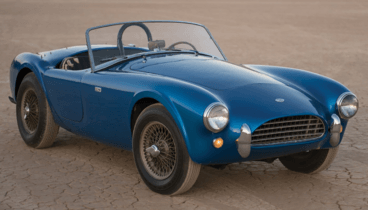
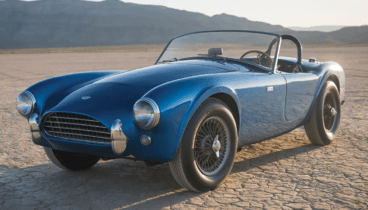
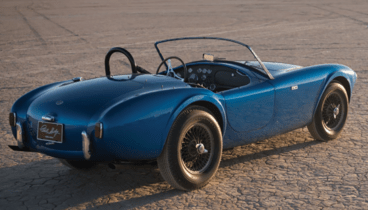
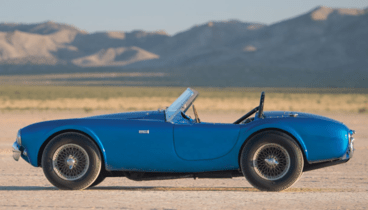
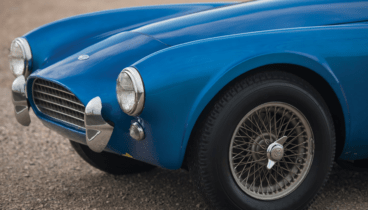

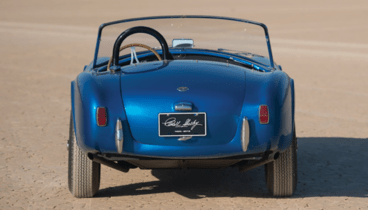
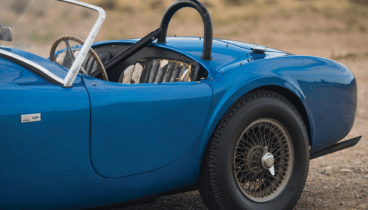

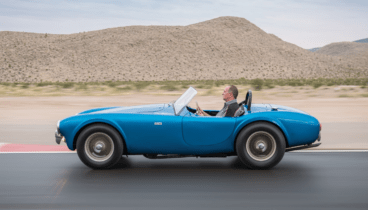

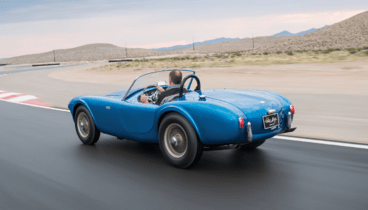
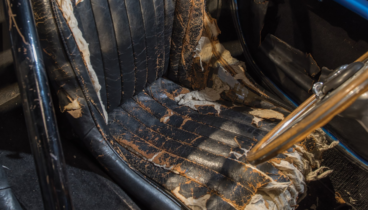
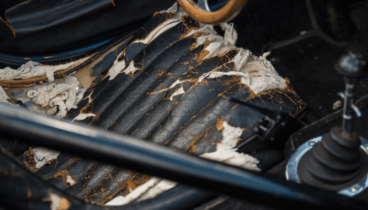
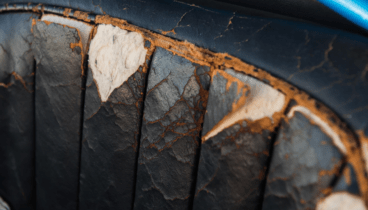
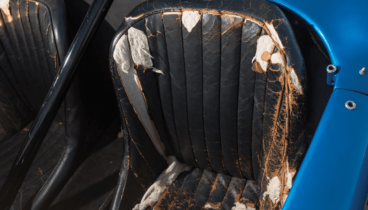
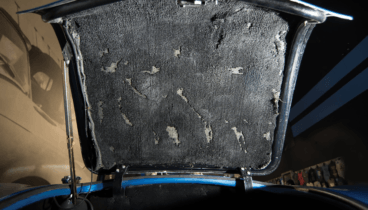
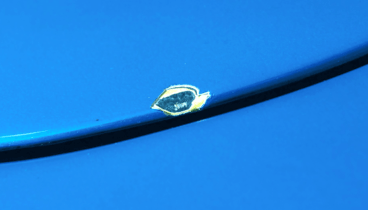

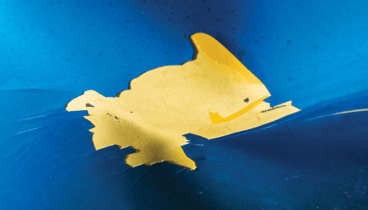

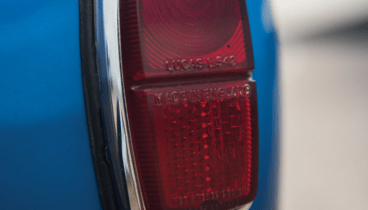


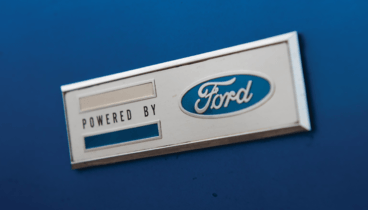

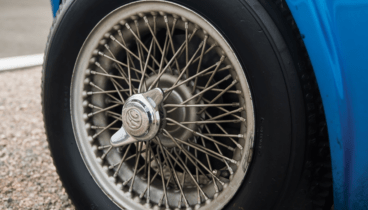
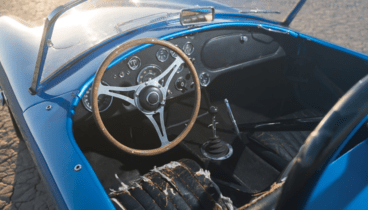

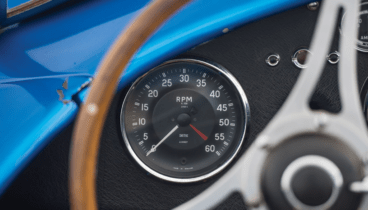

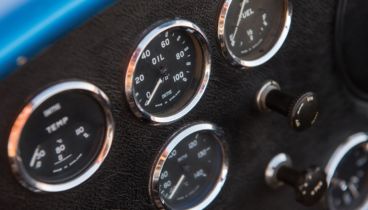
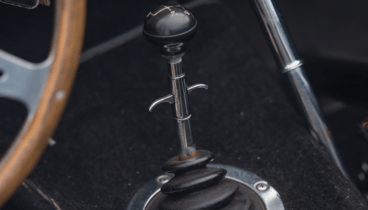
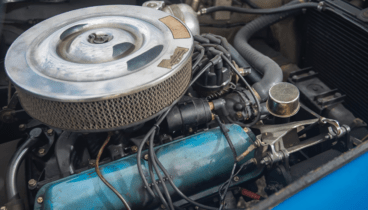
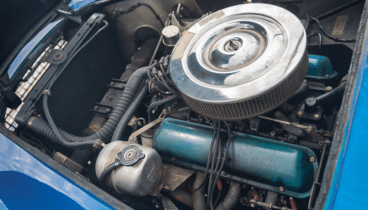

When I was young, my family had a large cottage on Lake Michigan in rural Montague, north of Muskegon that I spent all my summers. One summer, there was a car crash on the Old Channel Trail. The road had an incredible extremely difficult down run, much like Laguna Seca turn 8, that the state later made much safer. That summer, a roadster crashed trying to negotiate the turns at high speed. It was said to have been a “cobra sports car” at the time. I never saw the crash, but saw the results in the aftermath. Thecar May have been totaled. This would have been a csx2000 series in mid 60’s. Does anyone know this story?